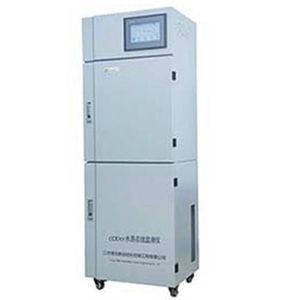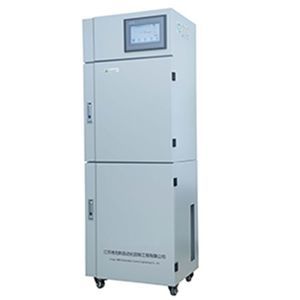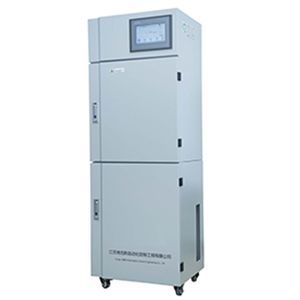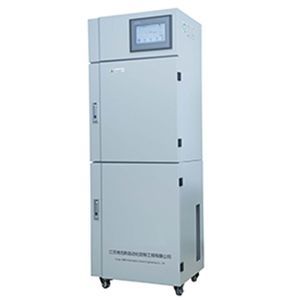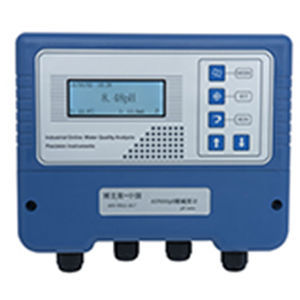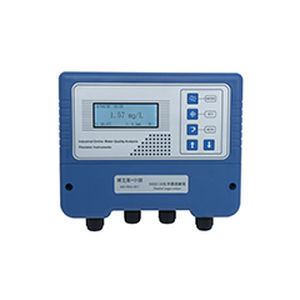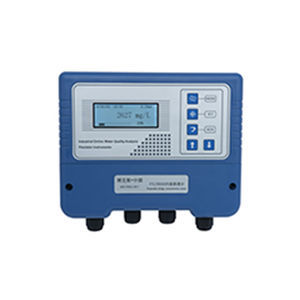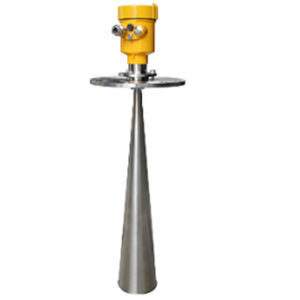
- Metrology - Laboratory
- Analytical Instrumentation
- Water analyzer
- Jiangsu Flowna Intelligent Technology Co. Ltd

- Products
- Catalogs
- News & Trends
- Exhibitions
Total nitrogen analyzer FL-TN07waterdissolved ammoniaorganic matter

Add to favorites
Compare this product
Characteristics
- Measured entity
- total nitrogen, water, dissolved ammonia, organic matter, phosphorus, potassium, nitrate, nitrite, ammonium
- Application domain
- monitoring
- Measured value
- concentration
- Configuration
- online
- Mode of use
- automatic
Description
Total nitrogen (TN) refers to the nitrogen content in soluble and suspended particles in water, including nitrite nitrogen, nitrate nitrogen, inorganic ammonium salt, dissolved ammonia and nitrogen in most organic nitrogen-containing compounds. Lakes and reservoirs contain excessive nitrogen and phosphorus substances, resulting in vigorous reproduction of phytoplankton and eutrophication. Therefore, total nitrogen has also become an important index to control water quality.
Working principle
In aqueous solution above 60 ℃, potassium persulfate can decompose to produce potassium bisulfate and atomic oxygen, and potassium bisulfate dissociates in solution to produce hydrogen ions, so the decomposition process can be promoted to be complete in alkaline medium of sodium hydroxide. At 120 ~ 124 ℃, the decomposed atomic oxygen can transform the nitrogen of nitrogen-containing compounds into nitrate in water samples, and the organic matter is oxidized and decomposed at the same time in this process. The absorbance A220 and A275 can be measured by ultraviolet spectrophotometry at wavelengths of 220nm and 275nm respectively, and the corrected absorbance A can be calculated according to the formula A=A220-2A275.
Other Jiangsu Flowna Intelligent Technology Co. Ltd products
FLB Series Analyzer
Related Searches
- Gas analyser
- Concentration analyser
- Monitoring analyser
- Liquids analyser
- Desktop analyzer
- Automated analyzer
- Dust analyzer
- Process analyser
- Water analyser
- Laboratory analyser
- RS485 analyser
- Trace analyser
- PH meter
- Nitrogen analyser
- Digital pH meter
- Wastewater analyzer
- Multi-channel analyser
- Conductivity meter
- Portable pH meter
- Process pH meter
*Prices are pre-tax. They exclude delivery charges and customs duties and do not include additional charges for installation or activation options. Prices are indicative only and may vary by country, with changes to the cost of raw materials and exchange rates.

